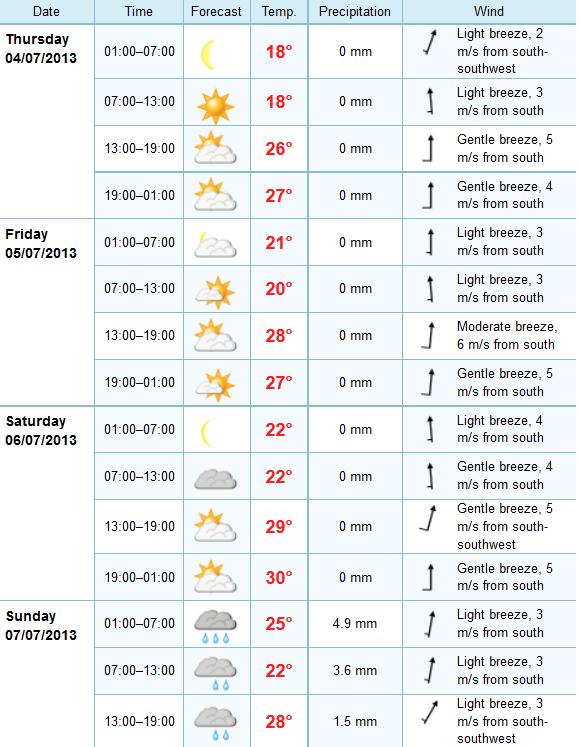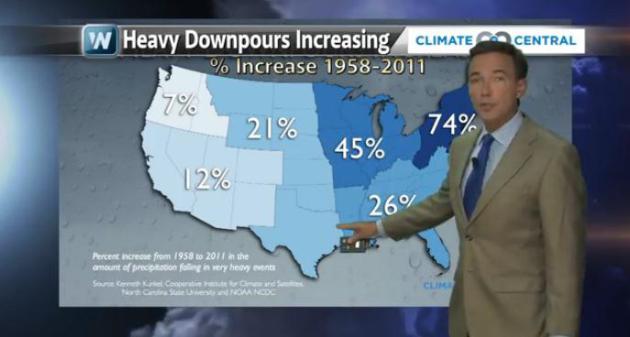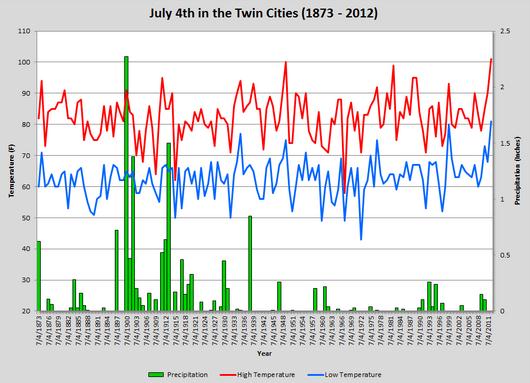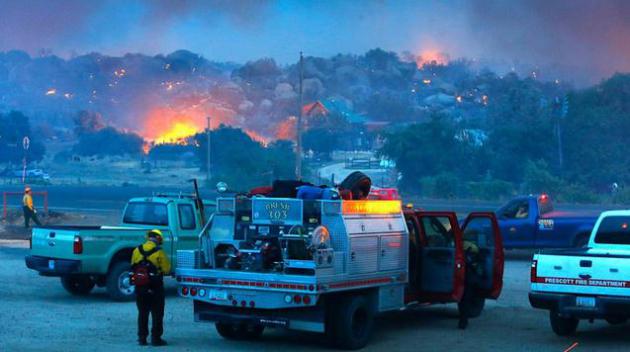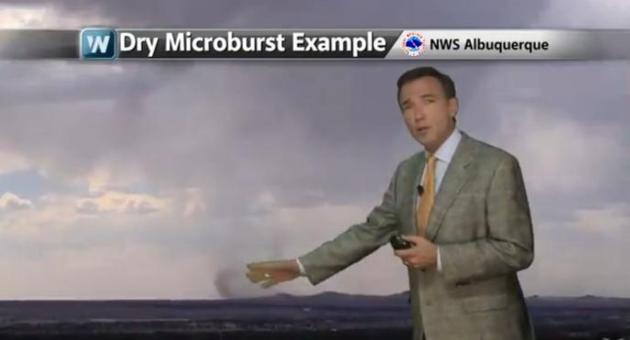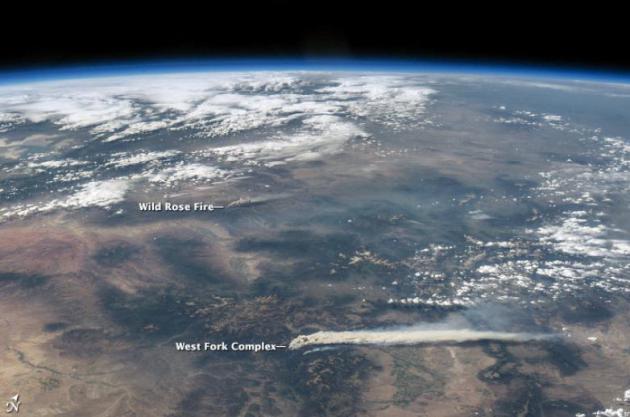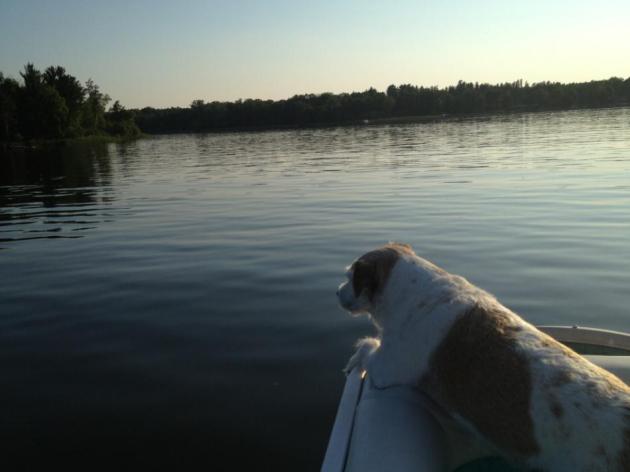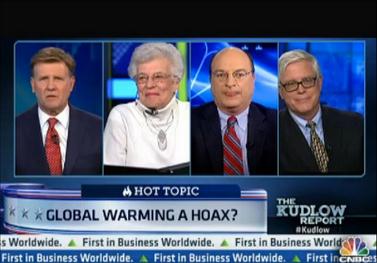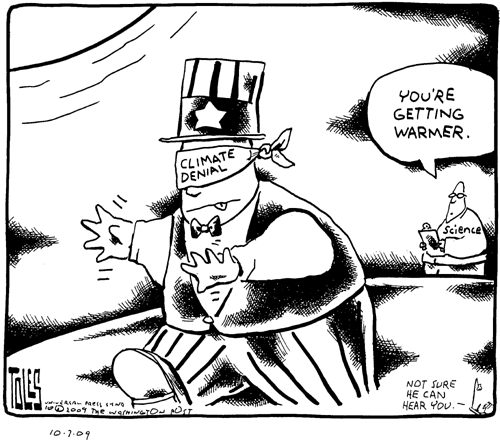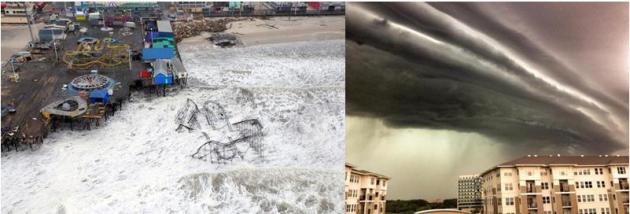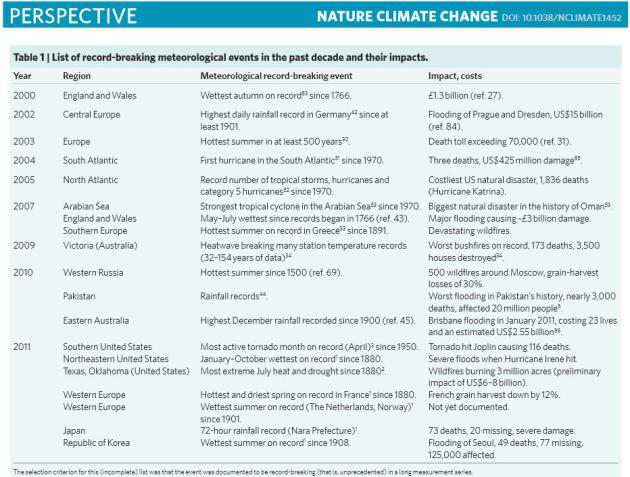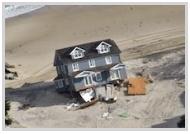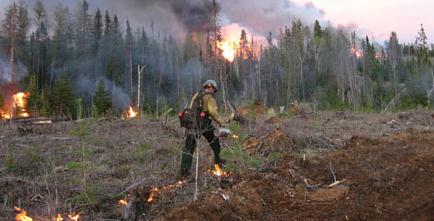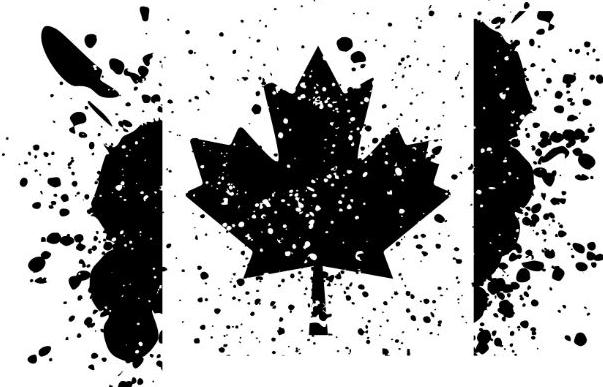Just About Perfect
The nicest week of summer? Who knows, but I
can't imagine it getting much better than this. And on the biggest
holiday of summer? I'm feeling much luckier than average.
July 4, 2012 the high was a blazing,
incandescent 101F, after waking up to a "low" of 81F. On July 6 the high
reached 102F. 14 days above 90F July of last year, the hottest recorded
month in Minnesota history. Abu Dhabi, with lakes.
Compared to last year's hot flash today will
feel like a breath of fresh air: mid-80s, a south breeze, humid but not
overbearingly sticky. Arguably the best weather in America.
We're lucky. Although recent 4th of July
holidays have trended warmer & drier, Dr. Mark Seeley reports that,
looking back to 1891, Independence Day is Minnesota's wettest holiday.
A few stray T-storms may sprout by the weekend
as highs reach the upper 80s, but most of the time should be dry &
lake-worthy. Models show more widespread T-storms next Monday &
Tuesday as a (slightly) cooler front arrives. I still don't see any
debilitating heat or swamp-like humidity levels. In general we're easing
into a somewhat drier pattern.
A vast improvement over 2012, and with any luck we'll avoid a drought this year.
Mostly-Dry Into Saturday. The latest ECMWF guidance
keeps most showers and T-storms north of the MSP metro area into most of
Saturday, a better chance of a T-storm sneaking in Sunday, with Monday
and Tuesday of next week winding up as the two wettest days in sight as a
slightly cooler front finally pushes thru. Temperatures and dew points
trend upward, and if the sun breaks through for a few hours Saturday 90F
isn't out of the question. Throw in a dew point near 70 and you may get
an overwhelming urge to go jump in a lake. Forecast highs above in
Celsius. But you probably figured that out by now.
3-Day Details. Why do I include this break-out, even
though it's in Celsius (which can be annoying, I know). We should
either convert to metric or stick with English units - the back and
forth is a bit maddening. This outlook is based on ECMWF (European)
data, showing the best chance of T-storms on Sunday. Expect a modest
walleye chop the next few days, winds blowing from the south at 10-20
mph.
Happy 4th Of July: 2013 Half Year Weather Report Card.
We're a little more than halfway thru 2013; I thought this would be a
good opportunity to step back and take a larger look at trends so far
this year. In today's edition of
Climate Matters: "
We're
halfway through 2013. How does this year compare? WeatherNation Chief
Meteorologist Paul Douglas looks at temperature records, precipitation,
storm reports and much more. How has the first half of 2013 been for
you in the weather department?"
Extreme Jet Stream Bringing U.S. Record Heat, Record Cold, And Flash Flooding. Here's an excerpt of a post from
Weather Underground
meteorologist Dr. Jeff Masters that quantifies how a high-amplitude jet
stream pattern, unusual for mid-summer, is wreaking havoc with weather
from coast to coast: "
The jet steam is exhibiting unusual behavior over the U.S.,
a pattern we've seen become increasingly common in summertime over the
past decade. There's a sharp trough of low pressure over the Central
U.S., and equally sharp ridges of high pressure over the Western U.S.
and East Coast. Since the jet acts as the boundary between cool,
Canadian air to the north and warm, subtropical air to the south, this
means that hot extremes are penetrating unusually far to the north under
the ridges of high pressure, and cold extremes are extending unusually
far to the south under the trough of low pressure. The ridge over the
Western U.S., though slowly weakening, is still exceptionally intense.
This ridge, which on Sunday brought Earth its highest temperatures in a
century (129°F or 54°C in Death Valley, California), was responsible for
more record-breaking heat on Tuesday. July 2. Most notably,
Redding, California hit 116°, just 2° short of their all-time record.
Death Valley had a low of 104°, the second hottest night on record since
1920 (the hottest was just last summer!) Numerous daily high
temperature records were set in Arizona, California, Nevada, Utah,
Montana, Oregon, and Washington. It was the opposite story in the
Central U.S., where the southwards-plunging jet stream allowed record
cold air to invade Texas. Waco, Texas, hit 58°F this morning (July 3),
the coldest temperature ever measured in July in the city..."
Graphic credit above: "Jet
stream winds in the upper atmosphere at a pressure level of 300 mb on
July 3, 2013. The jet had an unusually extreme configuration for
summer, with a sharp trough of low pressure over the Central U.S., and
equally sharp ridges of high pressure over the Western U.S. and East
Coast." Image from the wunderground jet stream page."
What A Difference A Year Makes. A year ago today the
high was a blazing 101, with a wake-up temperature of 81. Ugh. On July
6, 2012 the high was 102. We enjoyed (?) 14 days at or above 90F during
July of last year, the hottest year in recorded Minnesota history. Data
above courtesy of
NOAA NCDC.
4th of July Weather Since 1871: Fairly Good Odds Of Dry Weather. At least that's been the case in recent years. Farther back in weather history? Not so much. Here's an excerpt from the
Minnesota State Climate Office: "
Looking
back at records dating to 1873 for the Twin Cities, the average high
and average low for Independence Day are 82.4 degrees F and average
low of 62.6, respectively. 2012 came in as the warmest July 4th on
record at 101 degrees, this was a part of an extremely warm early July.
1967 recorded the lowest high temperature at 58 degrees, which was
the last time the high temperature has dipped below 70 degrees.
Although recent July 4th's tend to have warm and mostly dry, Mark Seely
mentions on the June 28th 2013 WeatherTalk
that it is the rainiest holiday in Minnesota looking back to 1891.
The heaviest rainfall occurred in 1900, a year that saw 2.27 inches of
rain over Independence day. The most recent washout occured in 1995,
the Twin Cities reported 0.24 inches from 6:00-8:00 PM, with a brief
shower at Noon. This has been the lone rain event to disrupt July 4th
events in the Twin Cities for the past 50 years..."
Image credit above: Twin Cities National Weather Service.
June Climate Highlights. Here's an excerpt from a
comprehensive summary of a very wet June, statewide, courtesy of Greg
Spoden at the Minnesota Climatology Working Group and the
Minnesota DNR: "June
totals were well above historical averages in most Minnesota counties,
except for far northern Minnesota where rainfall was somewhat below
average. In some communities, especially in southeast counties, monthly
precipitation totals topped the long-term average by more than 4".
* Persistently wet weather during June hampered many outdoor
activities. Field working conditions for agriculture were often poor.
Occurrences of rural and urban flooding were reported throughout the
month. Of particular note was an eight inch-plus rainfall reported in
northwest Wilkin County on June 25-26.
* Season-to-date precipitation totals top historical averages in most MInnesota counties.
April-through-June
precipitation totals in some southeast Minnesota counties were in
excess of 24", exceeding the historical average by an astounding 12 or
more inches.
* Just four percent of Minnesota's landscape is in Moderate Drought, a
substantial improvement over early April, when 67 percent of Minnesota
was experiencing Extreme or Severe drought.
* Stream discharge values are well above historical medians at many
gauging locations, and lake levels are responding upward to ample spring
and early summer precipitation.
This Is America On Fire. Here's a clip from a good summary at
NationalJournal: "
As
of Tuesday, 1.8 million acres (an area the size of Delaware) in the
United States have been burned by wildfires this year—and about a half a
million of those acres are currently ablaze. Earlier this week, 19
elite firefighters died trying to contain a wildfire in Arizona.
Colorado experienced its most destructive fire of all time last month,
consuming more than 500 homes. But according to data from
the National Interagency Fire Center, 1.8 million acres is actually
typical for this time of year. The 10-year average for acres burned
between January and July is 2.4 million..."
Photo credit above: "
A fire eight miles northwest of Prescott, Ariz., blazes behind a row of houses June 24.
" ( USDA.gov)
Budget Cuts Trim Federal Wildfire Spending. Here's a clip of a story from AP and
ABC News: "
This
year's across-the-board budget cuts are slicing tens of millions of
dollars from the federal government's funds for battling wildfires,
reductions that have meant fewer firefighters and could cause agencies
to dip into other programs designed to prevent future blazes. The U.S.
Forest Service's $2 billion-a-year firefighting budget, which comprises
the bulk of the federal effort, has been reduced by 5 percent, a cut
that has meant 500 fewer firefighters and 50 fewer fire engines than
last year, agency officials say. The Interior Department's $37.5
million reduction has meant 100 fewer seasonal firefighter positions and
other lost jobs as well, department officials say..."
Photo credit above: "
A wildfire burns homes in the Glenn Ilah area near Yarnell, Ariz., June 30, 2013."
(David Kadlubowski/The Arizona Republic/AP Photo)
"Dry Lightning", Sudden Wind Shifts and Haboobs. You
would think that a forecast of thunderstorms for the Southwest would
be greeted as good news. Not necessarily. A sudden wind shift (gust
front) from rapidly moving thunderstorms in Arizona probably fanned (and
shifted) the flames that ultimately claimed the lives of 19
firefighters northwest of Phoenix. And when the atmosphere is so dry
T-storms can spark lightning, with little or no rain actually reaching
the ground. A mixed blessing at best, unless it rains hard and
repeatedly for days on end. Here is today's installment of
Climate Matters: "
You
might think a thunderstorm would be good news for firefighting
efforts because it brings much wanted moisture. Think again. Not all
thunderstorms bring rain. WeatherNation Chief Meteorologist Paul
Douglas explains how a storm can be dry and why this creates extremely
dangerous conditions for those battling wildfires."
In The Line Of Wildfire. 19 highly skilled,
fire-fighting "hotshots" just lost their lives battling a blaze 80 miles
northwest of Phoenix. Who are these men, and how do they take on
raging fires with backpacks and shovels?
Outside Magazine published an article on June 13 detailing what life is like on the front lines: "
I
ROLL OUT of my sleeping bag at 5 A.M., waking to the smell of dry
grass and woodsmoke. I spent last night in the open, camped on rodeo
grounds in the tiny Northern California town of Stonyford. Flames are
visible on a ridge half a mile away. Time to go to work. It’s July 12,
2012, and I’m about to be sent to my first forest fire of the season. I
arrived yesterday to meet up with the Tahoe Hotshots,
an elite group of wilderness fire-fighters based about 120 miles east
of here, in a Sierra foothills town called Camptonville. The Tahoe
team is part of a sprawling, multifaceted army: 177 federal, state,
and county crews who must try and stop a fast-moving, 17,000-acre
blaze before it spreads into Stonyford. Known as the Mill Fire, it was
started on July 7 by lost hikers and raced east through the Coast
Range and the Mendocino National Forest.
Drought conditions and 60-mile-per-hour Pacific winds have fueled its
advance; already, five buildings have burned on the edge of town...."
Photo credit above: "
Tahoe Hotshot Isaiah Eastlng burning slash in the Tahoe National Forest."
Photo: Kyle Dickman.
Astronaut View Of Fires In Colorado. Here's a slightly different perspective, one which brings home the scale of these massive wildfires. Here's more from
NASA's Earth Observatory: "
Thick
smoke billows across the landscape in these digital photographs of
the western United States. Both photographs were taken by astronauts
aboard the International Space Station (ISS) on June 19, 2013. The
images show a plume wafting from the West Fork Complex fire, which was burning explosively in southwestern Colorado near Pagosa Springs. To the northwest, a smaller plume from the Wild Rose
fire is also visible (upper image). While the Wild Rose blaze was
fully contained by June 25, 2013, the West Fork Complex was still
raging through the San Juan and Rio Grande National Forests. The West
Fork Complex is a combination of three fires: the West Fork fire, the
Windy Pass fire, and the Papoose fire. Lightning ignited the first of
the blazes on June 5, 2013, and together they had charred
approximately 75,000 acres (30,000 hectares) by June 25. The fires
were burning in rugged terrain with large amounts of beetle-killed spruce forests..."
There are currently 27
fires in the northeast section of Manitoba. These fires have burned
over 126,000 hectares (over 311,000 acres). Showers have lowered
wildfire danger levels in most areas of the province with the exception
of northeastern Manitoba where conditions continue to remain dry.
Read more at:
http://phys.org/news/2013-07-nasa-image-manitoba-canada.html#jCp
There are currently 27
fires in the northeast section of Manitoba. These fires have burned
over 126,000 hectares (over 311,000 acres). Showers have lowered
wildfire danger levels in most areas of the province with the exception
of northeastern Manitoba where conditions continue to remain dry.
Read more at:
http://phys.org/news/2013-07-nasa-image-manitoba-canada.html#jCp As always,
perspective is in order - heat claimed far more lives in previous
centuries, long before central air conditioning revolutionized how most
of us ride out a hot summer. I had no idea a heat wave in 1896 killed
an estimated 1,300 New Yorkers. Here's an excerpt of a fascinating read
at
history.com: "
Summer
2013 has only just begun, but one region is already feeling the heat.
This week, thanks to an unusual change in direction of the jet
stream, much of Alaska is experiencing near-record breaking
temperatures (30 degrees warmer than usual in some places), prompting
authorities to issue warnings meant to protect citizens and prevent
the outbreak of wildfires. As North America prepares for a long, hot
summer, find out what happens when things start to really heat up with
this look back at some of the most infamous heat waves in history..."
With Weather Warnings, How People Use Their Lead Time Is Key. Here's an excerpt from a thoughtful Op-Ed at
The Oklahoman: "...
Weather
science is steadily evolving and vastly improved. In a state so
devastated by violent weather, it's good that so much weather research
is centered here. But government researchers can't dictate how TV
weather teams conduct themselves. Just as we were reminded on May 20 of
the importance of having adequate shelter to weather the most
powerful tornadoes, we were reminded on May 31 that being in cars or
storm drains is deadly. We learned some things from both storms. What
did the TV weather teams learn? How will they change their methods as a
result? What people do in response to a warning is sometimes more
important than how much lead time they have."
America's "Brainiest" Cities? Not my term, but I found this story in
The Atlantic Cities interesting, and how they came up with their final metrics. Here's the intro: "
In the knowledge age, "smart" cities and metros have a considerable economic advantage. Economists like Harvard's Edward Glaeser
have shown how urban and regional economic growth turn on education
levels or so-called "human capital" (measured by the share of adults
who hold college degrees). Others show the connections between
knowledge and creative jobs, innovation, and economic growth. Still
others focus on the role of specific skills — knowledge, social, and
physical — in economic and urban development (a subject I covered back
in October 2011 for The Atlantic.) But what about more direct measures of "brain performance"? Last year, I mapped
America's "brainiest" metros, using new measures and rankings
developed by Lumos Labs via their online brain-performance program, Lumosity. Since Lumosity allows you to track your performance, you can actually see if you're improving or backsliding..."
Map credit above: "
The map above shows the pattern for
metros; the list below shows the top 25 brainiest CBSAs based on
Lumosity rankings. Ithaca, New York, takes first place, followed by
State College, Pennsylvania, and Lafayette-West Lafayette, Indiana, in
third; Iowa City, Iowa, is fourth, and Ames, Iowa, is fifth."
Comediens In Cars Getting Coffee. This is Jerry
Seinfeld's new on-line project, in conjuntion with Sony Entertainment, a
series of video shorts with different comediens (and cars). Cool
concept, and great execution. It's funny too. Check out the web site
here.
Climate Stories....
Climate Change Is The Next $10 Trillion Opportunity. For the record, as an entrepreneur, I agree. But the train is leaving the station. Here's a portion of an Op-Ed at
Yahoo Finance: "...
President Obama made clear that he believes in our entrepreneurs, investors, and corporations who bringing climate change
solutions to market. What he did not do is inspire thousands more to
join them to unleash a climate wealth economy. These folks are all
motivated to do well by doing good. Our inspiration is not to just fix
climate change, it is to ignite the next economy by meeting our energy
needs using climate change solutions. Climate change is a trillion dollar opportunity masquerading a crisis. The next step for the president is to jump-start this next economy with the federal government
taking the lead. As much as I respect Europe and China, America is
still the last remaining superpower. Countries around the world are
looking not just for the moral message, but also for actions that drive
the global economy. An American president can powerfully lead the
world economy by dismissing the belief to solve climate change we must
all sacrifice. Rather he needs to spread the message that climate
change solutions represent the largest wealth creation opportunity of
our lifetime..."
At One Army Base, A Vision For A New Shade of Green. Here's an excerpt of an upbeat, empowering story about innovation in the military from the
Los Angeles Times: "...
If
a base is self-sufficient, it becomes less vulnerable to outside
threats, such as power outages, Pittard believes. And if the United
States and other countries husband their resources now, perhaps they
could avoid future wars. "Most of us have been deployed three, four,
five times," Pittard said. "If we do something like reduce our
dependence on oil from the Middle East, maybe we'd be fighting fewer
wars over there." The Pentagon says it has made overhauling energy use a priority. The U.S. military
is one of the world's largest consumers of fossil fuels, but by 2025,
it plans to draw at least 25% of its energy from renewable sources. The
Navy's fighter planes have begun to burn biofuel. The Pentagon is
experimenting with plug-in nontactical vehicles at several bases..."
Photo credit above: "
Maj. Gen. Dana J.H. Pittard, as commander of the Army's Ft. Bliss, pressed to set up environmental measures."
(Sgt. Valerie Lopez / September 10, 2010)
Business Journalists: Climate Change Deniers Have No Place In Our Reporting. What the heck is going on over at CNBC? Here's an excerpt from
Media Matters: "
Climate
change deniers should not be given a place in business coverage at a
time when industries from agriculture to insurance are making real
financial decisions dealing with its impact, according to some of the
nation's top business journalists. Last month Media Matters reported that
more than half of the climate change segments on CNBC this year cast
doubt on man-made climate change. That network's coverage drew criticism
from top business journalists who said such coverage does not serve
their viewers. "It doesn't seem to me at this point to be a point of
serious controversy within the corporate establishment," said Paul
Barrett a Bloomberg BusinessWeek reporter (Bloomberg BusinessWeek's
sister company Bloomberg News is a CNBC competitor). "The insurance
industry, which is a key barometer of these things, has reached the
conclusion that whatever your politics are on this, the costs of extreme
weather are so great and the patterns over the last couple of decades
are so distinct that the corporate establishment absolutely must
recognize these risks..."
Has The Republican Party Stopped Denying Climate Science, And Will They Begin Participating In The Solutions? The Guardian has the story - here's the intro: "
Given that nearly 70 percent of Republicans in Congress and 90 percent of the party's congressional leadership deny the reality of human-caused global warming, you might expect them to attack President Obama's climate plan on scientific grounds. On the contrary, Republican politicians have critiqued President Obama's plan almost entirely on the economics.
Even Senator James Inhofe, who wrote an entire book based around the
absurd premise that "global warming is the greatest hoax ever
perpetrated on the American people," did not even touch upon climate
science when responding to the climate plan. This is a fascinating turn of events. Perhaps Republican politicians have decided that disputing the consensus of 97% of climate research and climate experts
is a losing proposition. Whatever the reason, the shift away from
science denial toward the economics debate is a welcome one. As even
the right-wing Washington Times admitted,
remaining entrenched in climate science denial has prevented the
Republican Party from becoming involved in discussions about the best
way to reduce greenhouse gas emissions with the least impact on the
economy..."
Cartoon above courtesy of
Tom Toles, at The Washington Post.
Church Dropping Fossil Fuel Investments. Here's a clip from
The New York Times: "
The
United Church of Christ has become the first American religious body
to vote to divest its pension funds and investments from fossil fuel
companies because of climate change
concerns. The Protestant denomination, which traces its origins to the
Pilgrims in 1620 and has about 1.1 million members, voted on Monday to
divest in stages over the next five years..."
Was Paul Revere An Alarmist? Here's a tongue in cheek, but devastatingly effective Op-Ed from
Huffington Post: "
On
this Independence Day, it is worth reflecting on the willingness of
our founding fathers to sacrifice their own comforts for the
future--for many generations to come, including ours. They didn't argue
about discount rates, or how expensive it would be, or if fighting the
British would be cost effective in the long run. Imagine what would
have happened if the "skeptics" had been given equal time, or if the
patriots had lacked the will to "mitigate the threat".
"The weight of evidence suggests that it is 'very
likely' (probability greater than 90%) that the British are coming. I
am not advocating any specific mitigation or adaptation response."
(Paul Revere, if he had been a climate scientist)
"We
should refrain from asserting that the British are (or are not) coming
without IMMEDIATELY pointing out that such theories are based upon
information that critics have called into question. It is not our place
as journalists to assert such notions as facts." (Fox News, if cable
TV had existed in 1775)..."
This Is What Climate Change Looks Like: Top 10 Most Expensive Climate Disasters of 2012. Here's a story from
Huffington Post
that provides some perspective, more examples of how a warmer, wetter
climate is fueling more extreme storms - and consequences: "
On Tuesday President Obama released his climate action plan
-- and not a moment too soon. Extreme weather has been pounding the
U.S., and while pundits and the fossil fuel industry will claim action
is too expensive, the cost of inaction is far too much to bear. In
2012 there were 11 climate disasters that cost more than $1 billion
each, according to NOAA. Below are the 10 most expensive.
1. Hurricane Sandy - cost $65.7 billion and caused 159 deaths
Hurricane Sandy touched down on U.S. soil on October 29 after
leaving a path of destruction through Jamaica, Haiti, the Dominican
Republic, Cuba, the Bahamas, and Bermuda. Sandy was the
second-costliest and deadliest hurricane ever to hit the U.S. after
Hurricane Katrina in 2005. A total of 24 states were affected, with
thousands of homes destroyed and millions of people left without
electricity. Of the direct deaths, the storm caused 48 direct deaths
and 87 additional indirect deaths."
Photo credit upper left:
EPA/MASTER SGT. MARK OLSEN / US AIR FORCE
Photo credit upper right:
NWS Meteorologist Samuel Shea
A Decade Of Weather Extremes.
Here
is a PDF of a Cournou-Rahmstorf paper published in March, 2012 that
sums up weather and climate extremes during the first decade of the 21st
century.
2001-2010: A Decade of Climate Extremes. Here is more from the WMO, the
World Meteorological Organization: "...
The
decade was the warmest for both hemispheres and for both land and
ocean surface temperatures. The record warmth was accompanied by a rapid
decline in Arctic sea ice, and accelerating loss of net mass from the
Greenland and Antarctic ice sheets and from the world’s glaciers. As a
result of this widespread melting and the thermal expansion of sea
water, global mean sea levels rose about 3 millimetres (mm) per year,
about double the observed 20th century trend of 1.6 mm per year. Global
sea level averaged over the decade was about 20 cm higher than that of
1880, according to the report...."
*
The BBC has more details on the record number of climate extremes during the first decade of the 21st century.
The Climate Context Behind The Deadly Arizona Wildfire.
Climate Central
meteorologist Andrew Freedman takes a look at the trends increasing
the potential for catastrophic blazes out west; here's an excerpt: "...
Thunderstorms
near the fire are a suspected cause of the erratic behavior of the
flames on Sunday, when the firefighting crew was forced to deploy their
last-resort fire shelters to try to deflect the flames. The Yarnell
Hill fire, like other wildfires in the West right now, is taking place
in the context of one of the most extreme heat waves
on record in the region, as well as a long-running drought. While the
contributors to specific fires are varied and include natural weather
and climate variability as well as human factors, such as arson, a draft federal climate report
released in January found that manmade climate change, along with
other factors, has already increased the overall risk of wildfires in
the Southwest. And projections shows that the West may be in for more
large wildfires in the future. Climate models show an alarming increase
in large wildfires in the West in coming years, as spring snowpack
melts earlier, summer temperatures increase, and droughts occur more
frequently or with greater severity..."
Graphic credit above: "
Statewide temperature trends in Arizona since 1920, with the post 1970 trend line drawn as well." Credit: Climate Central.
Yes, Wildfires Are Connected To Climate Change. Here's How. Treehugger
takes a look at how the combination of less winter snowcover, less
spring rain, a growing drought, and a warming/drying climate, are all
conspiring to create a potentially record summer and autumn for
wildfires out west; here's an excerpt: "...Felicity Barringer and Kenneth Chang at The New York Times
report that scientists are calling this a "new normal" for the
American west: Warmer winters mean less snowfall. More of the winter
precipitation falls as rain, which quickly flows away in streams
instead of seeping deep underground. The soils then dry out earlier and
more quickly in May and June. “It’s the most arid time of year,” Dr.
Garfin said. “It’s windy as well.” The growing season also starts
earlier, so there is more to burn. “The fire season has lengthened
substantially, by two months, over the last 30 years,” said Craig D.
Allen, a research ecologist at the United States Geological Survey
station at Bandelier National Monument in New Mexico..." (Photo: DNR).
Wildland Firefighting At The Rough Cutting Edge of Climate Change. Rick Piltz connects the dots at
Climate Science Watch; here's the intro: "
Western
firefighters are more often encountering conditions they have never
before experienced, with extreme fire behavior and extreme weather
conditions," writes former U.S. Forest Service firefighter Nick
Sundt. “Many of our elected representatives in Washington are napping on
the fireline. They need to wake up and smell the smoke.” The
following is a guest post by Nick Sundt, a former U.S. Forest Service
firefighter, who worked as a hotshot, smokejumper and helitack crew
member from 1976 to 1990: Late Sunday (30 June), 19 firefighters died in
the Yarnell Hill Fire southwest
of Prescott Arizona. All of them were members of the Granite Mountain
Interagency Hotshot Crew; a hotshot crew consists of 20 firefighters,
so nearly the entire crew was killed..."
Climate Change, Pipelines And Alberta Floods. Here's an excerpt of an article at The Vancouver Sun: "Most
Canadians sympathize with those affected by the Alberta floods, and
many have offered support of various kinds. At the same time, a number
of commentators have pointed out the connection between the oilsands
projects in Alberta, and the sad irony of the flooding relatively
nearby. It has been asserted that intense floods of this nature are
consistent with predictions about climate change, and that the oilsands
are a significant contributor to global warming. While a single event
cannot be used to provide evidence for or against climate change,
scientific models predict that global warming will lead to more intense
flooding in some places (as is currently happening in Alberta), more
intense droughts in others (like in the south of the U.S. for
example), more intense hurricanes (such as exemplified by Hurricane
Sandy last fall on the Atlantic coast), melting of the polar ice caps
(as is happening in the Canadian Arctic) and a variety of other
negative outcomes (possibly including contributing to the severity of
tornadoes, such as in Oklahoma recently)..."
Photo credit above: "
The recent flood in southern Alberta
is consistent with predictions that climate change is causing extreme
weather events, UBC professor writes." Photograph by: Jordan Verlage, The Canadian Press , Vancouver Sun
Oh Canada. How America's Friendly Northern Neighbor Become a Rogue, Reckless Petrostate. Here's the intro to a story at
Foreign Policy: "
For
decades, the world has thought of Canada as America's friendly
northern neighbor -- a responsible, earnest, if somewhat boring, land
of hockey fans and single-payer health care. On the big issues, it has
long played the global Boy Scout, reliably providing moral leadership
on everything from ozone protection to land-mine eradication to gay
rights. The late novelist Douglas Adams once quipped that if the United States often behaved like a belligerent teenage boy,
Canada was an intelligent woman in her mid-30s. Basically, Canada has
been the United States -- not as it is, but as it should be..."
The Amazing Energy Race. Here's an excerpt of an Op-Ed from St. Louis Park's Thomas Friedman, writing for
The New York Times: ....“
In
reducing coal’s historic dominance, the president is formalizing a
market trend that was already taking shape,” remarked Andy Karsner, who
was an assistant secretary of energy in the last Bush administration.
His bigger message, though, was “no matter where you find yourself on
the political spectrum, it’s useful for the nation to discuss, debate
and consider a strategy for climate change. The consequences of
inaction are potentially greater than all the other noise out there.”
Sadly, many Republican “leaders” rejected Obama’s initiative, claiming
it would cost jobs. Really? Marvin Odum, the president of the Shell
Oil Company, told me in an interview that phasing out coal for cleaner
natural gas — and shifting more transport, such as big trucks and
ships, to natural gas instead of diesel — “is a no-brainer, no-lose,
net-win that you can’t fight with a straight face...”


